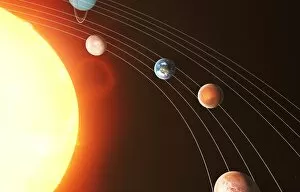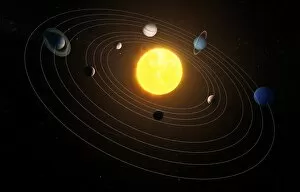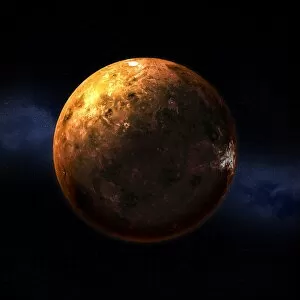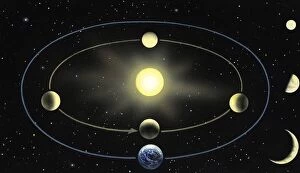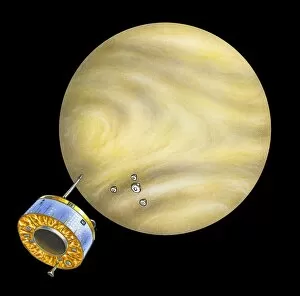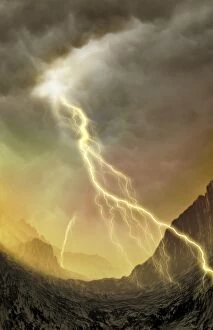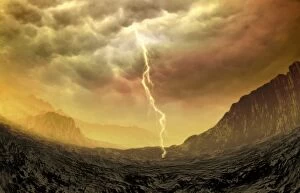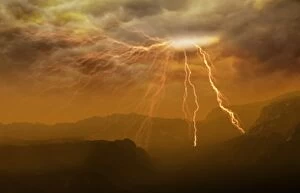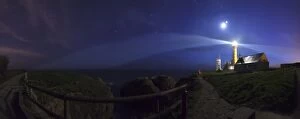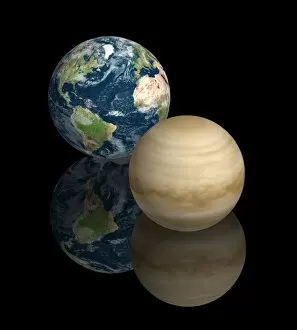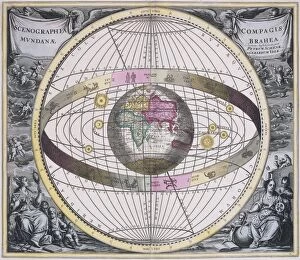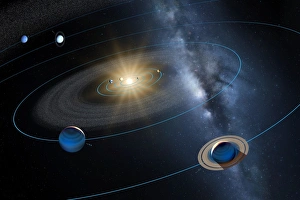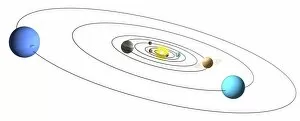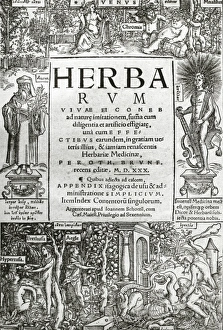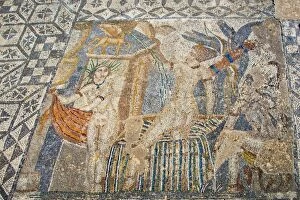Venus Collection (page 59)
"Exploring the Mysteries of Venus: From Palmistry to Planetary Beauty" Discover the enigmatic allure of Venus
All Professionally Made to Order for Quick Shipping
"Exploring the Mysteries of Venus: From Palmistry to Planetary Beauty" Discover the enigmatic allure of Venus, not just as a planet in our solar system but also as a symbol of love, beauty, and art. In palmistry, the map of the hand reveals secrets about one's personality and future. Just like Venus herself, these lines hold hidden depths waiting to be explored. The captivating artwork "Venus of Urbino" by Titian transports us back to 1538 with its sensual depiction of feminine beauty. It reminds us that throughout history, artists have been inspired by this celestial goddess. Alessandro Botticelli's masterpiece "Birth of Venus" captures her emergence from sea foam in all her ethereal glory. This iconic painting has become synonymous with grace and elegance. Even ancient cartographers recognized Venus' significance; the Catalan Atlas from the 14th century includes her presence among other celestial bodies. As we zoom out into space, we encounter breathtaking images depicting our solar system's planets. Each one holds its own unique charm and character – from colossal Jupiter to tiny Mercury – reminding us how diverse our cosmic neighborhood truly is. Sandro Botticelli's "Primavera" takes us on a journey through mythology where Venus reigns supreme amidst an enchanting springtime scene. Her influence extends beyond astronomy into literature and folklore. Hubert Robert's painting "The Bathing Pool" invites us to immerse ourselves in tranquility while contemplating the timeless allure associated with water - another element often linked to this celestial deity. Bronzino’s "An Allegory with Venus and Cupid" delves deeper into symbolism as it explores themes such as desire and passion intertwined with love itself. Here lies yet another facet of understanding this multifaceted goddess. Venturing even further than any artist could ever reach are photographs taken by Venera 13 on the surface itself.


